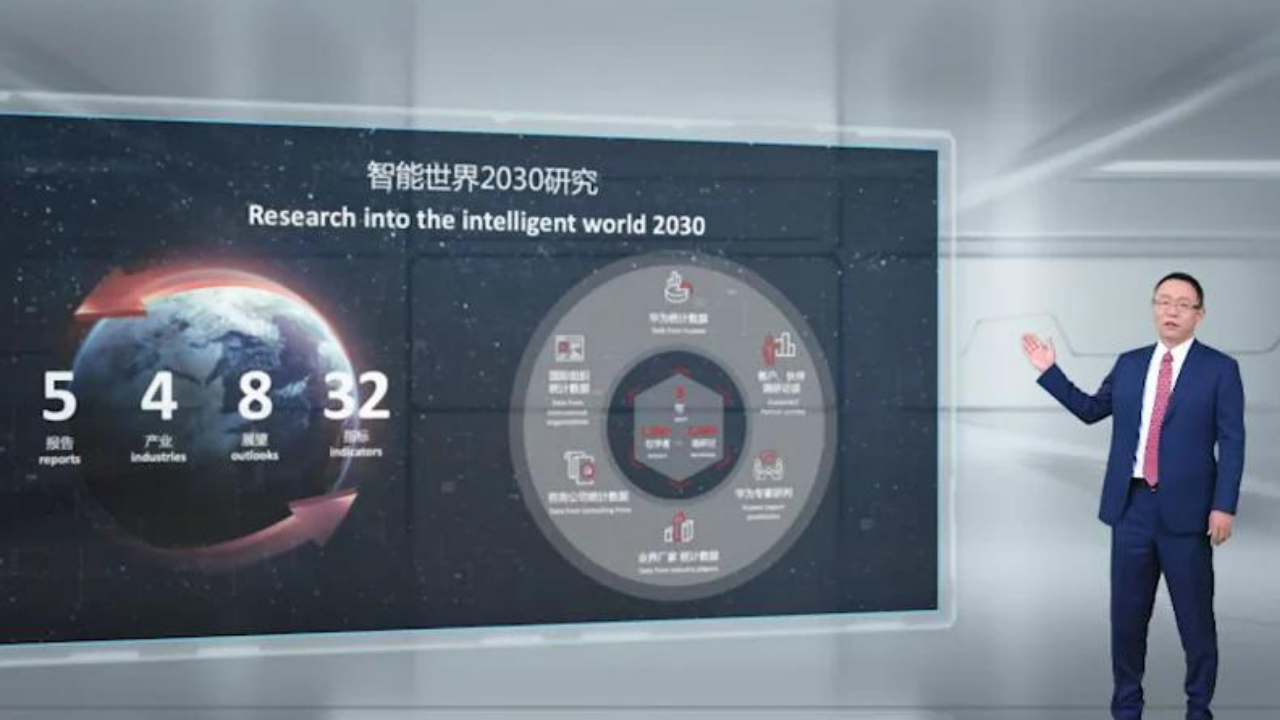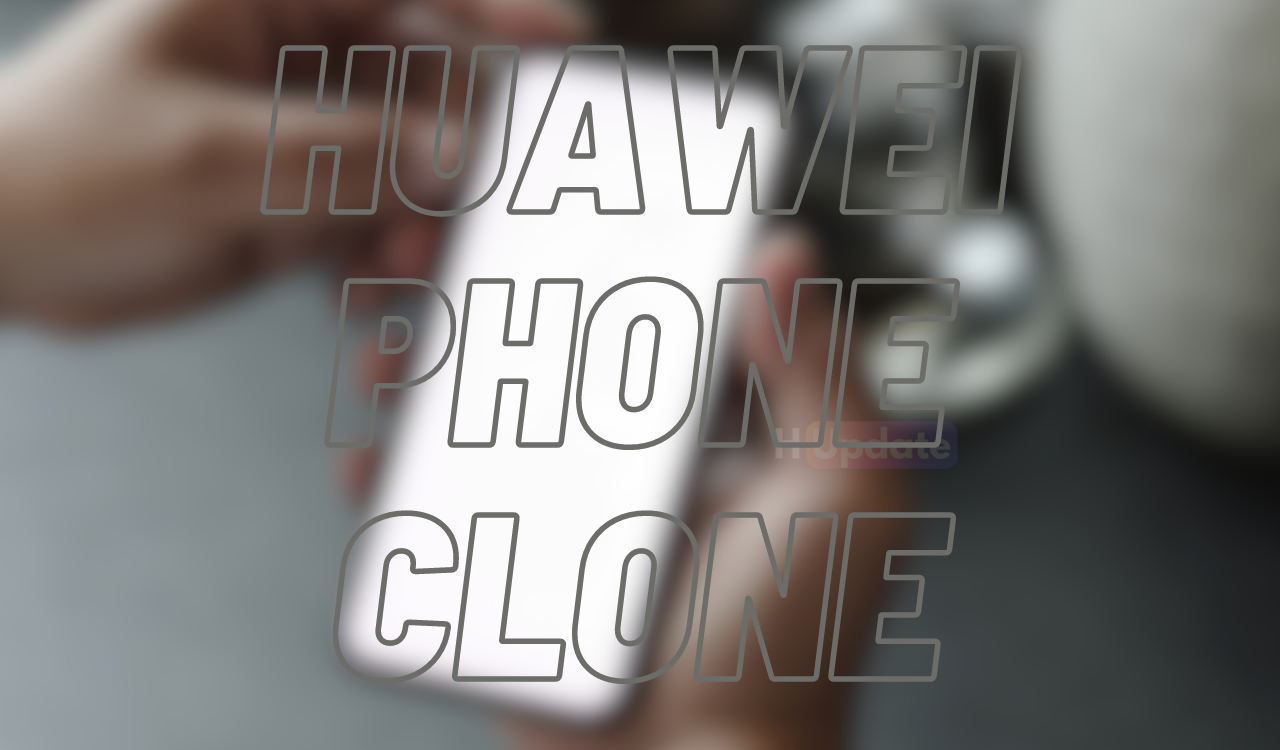Huawei News
Huawei releases the Intelligent World 2030 Report

Huawei recently held the Intelligent World 2030 Forum and released the “Intelligent World 2030” report at the conference. It is predicted that by 2030, the total number of global connections will exceed 200 billion. At the same time, enterprise network access, Home broadband access and personal wireless access break through 10 Gigabit, ushering in an era of 10 Gigabit connections.
Imagination will determine how far we will go in the future, action will determine how quickly we will reach the future, and the best way to predict the future is to create it. There are still plenty of challenges to overcome on the road to the intelligent world. As David Wang said at the end of his speech, “We believe, the greatest wisdom is found in shared ideas. Dreams are the key driver of social progress. Moving towards the next decade, let’s work together to shape a better, intelligent world.”
Outlooks for the intelligent world 2030: We will live a better life in 2030, with more food, larger living spaces, renewable energy, digital services, and no traffic. We will be able to relinquish repetitive and dangerous work to machines, and have secure access to digital services. To meet these needs, we have set eight directions for exploration, including health, food, living, and transportation.
In 2030, we will be able to identify potential health problems by computing and modeling public health and medical data, shifting the focus from treatment to prevention. Precise medical solutions powered by IoT and AI will become a reality.
In 2030, vertical farms unaffected by climate will be applied on a large scale, so that we can provide green food for all. 3D printing will make it possible for us to create artificial meat to meet our nutritional needs.
Our homes and offices will become zero-carbon buildings. Next-generation IoT technology will build adaptive home environments that understand our needs.
New energy vehicles will become the mobile “third space”. New aircraft will make emergency services more efficient, reduce the cost of medical supplies, and change the way we commute.
In addition to healthcare, food, living spaces, and transportation, Huawei has also explored the future of cities, energy, enterprises, and digital trust. We look forward to working with you to explore endless possibilities in 2030.

Communications Network 2030:By 2030, as technologies such as XR, naked-eye 3D display, digital touch, and digital smell develop further, “digital vision, digital touch, and digital smell” will create an immersive and disruptive experience through next-generation networks. At the same time, as networks evolve from connecting billions of people to hundreds of billions of things, network design will change from focusing on human cognition to machine cognition.
As part of the intelligent world, the communications network of 2030 will evolve towards cubic broadband networks, deterministic experience, AI-native, HCS, security and trustworthiness, and green and low-carbon networks. Huawei predicts that the total number of global connections will reach 200 billion by 2030. At the same time, enterprise network access, home broadband access, and individual wireless access will exceed 10 Gbit/s, ushering in an era of 10 Gbit/s connectivity.
Computing 2030: By 2030, the digital and physical worlds will be seamlessly converged, allowing people and machines to interact perceptually and emotionally. AI will become ubiquitous and help us transcend human limitations. It will serve as microscopes and telescopes of scientists, enhancing our understanding of everything from the tiniest quarks to the largest cosmological phenomena. Industries already making extensive use of digital technology will become more intelligent with AI. Computing energy efficiency will increase dramatically, bringing us closer to zero-carbon computing. Digital technologies can become a tool for achieving the global goal of carbon neutrality.
Digital Power 2030: In the next decade, humanity will enter the digital power era, striving towards low-carbon development, electrification, and intelligent transformation. New renewable energy sources, such as photovoltaic and wind power, will gradually replace fossil fuels. Power electronic technology and digital technology are being deeply converged to enable “bit to manage watt” throughout the energy system and realize various intelligent applications on the “energy cloud”. Huawei predicts that by 2030, solar energy will become one of our main power sources, the proportion of renewables in global electricity generation will be 50%, the share of electricity in final energy consumption is expected to exceed 30%, electric vehicles as a proportion of new vehicles sold will exceed 50%, and renewable energy will power 80% of digital infrastructure.
Intelligent Automotive Solution 2030: The automotive industry will witness the development of intelligent driving, intelligent spaces, intelligent services, and intelligent operations. Huawei hopes to use its ICT technologies to enable an intelligent automotive industry and help carmakers build better vehicles.
Huawei predicts that, by 2030, autonomous vehicles will account for 20% of new vehicles sold in China, electric vehicles will account for more than 50% of new vehicles sold, vehicles will come equipped with computing power of over 5,000 TOPS, and in-vehicle network transmission speed per link will exceed 100 Gbps.
(Via)
Huawei News
Huawei Sound X4 smart speaker is now available on Huawei Mall

Huawei Sound X4 smart speaker was launched on Huawei Mall, and full pre-sale started on the same day, and the first sale of the new product started at 20:00 on October 31.
The smart speaker is available in two colors: Rhythmic Black and Dynamic White, priced at 2199 yuan and 2599 yuan respectively.
The speaker contains eight units, including 1 woofer, 4 mid-range speakers, 1 tweeter and 2 passive radiators . Officials said that the high, medium and low frequency units work within their respective frequency response ranges, giving full play to the advantages of each unit. A HUAWEI Sound X4 can bring “symphony orchestra-like” sound effects.
The speaker has obtained Hi-Res high-definition sound quality certification, which can provide more sound details and also perceive the spatial sense of the sound. Its subwoofer has a power of 50W and is also equipped with 2 passive radiators. The low frequency dives to 36Hz and has a 25mm stroke.
In addition, its high-frequency unit has a power of 3W and the mid-frequency unit has a power of 5W, and they use pure titanium diaphragm and self-developed mica fiber diaphragm respectively.
The speaker is equipped with Huawei SOUND bass enhancement algorithm, which can actively control the vibration of the speaker, reduce distortion, improve the transient response of low frequency, and achieve deep and powerful low frequency performance. It adopts Sym-Pole mirror design to offset vibration noise and bring rich bass.
In addition, it supports control methods such as one-touch, one-cover, and two-tap, which can respectively complete operations such as lighting, muting, and turning off the lights. The speaker also supports intelligent recognition of spatial structure, emitting sound waves to detect the room structure and receiving feedback, and can automatically match the sound effect scheme in the spatial scene.
Huawei News
Huawei GoPaint app to get HarmonyOS NEXT system support in Q1 2025

Huawei’s GoPaint App was released in May this year and officially launched in August this year. The App is a digital painting software provided by Huawei. Yesterday, the app was newly adapted to 4 tablets including the MatePad Pro 11-inch 2022 model.
A user recently asked in the community for the app compatibility and support replied that “This function is expected to be supported in the first quarter of 2025.”
According to reports, the official version of GoPaint App has over 150 preset brushes, more than 80 brush parameters that can be adjusted, and fluid brushes that can restore the real pen-and-paper rendering effect. At the same time, new realistic canvas styles have been added, including watercolor, ink, oil painting, rock color, etc.
The official version of GoPaint App also has Fangtian Painting Engine 2.0 built in, supports 100+ 6K high-definition layers and 8K ultra-large canvas, and is the first to use a floating splash brush, which can splash ink by double-clicking the pen.

Huawei News
Huawei Pura 70 lineup September 2024 update rolling out

Huawei has now started rolling out the September 2024 security patch update to the Pura 70 lineup in Europe.
Huawei Pura 70 lineup
LIST OF CHANGES
[SYSTEM]
Improves system stability in certain situations.
[SECURITY]
Integrates security patches released in September 2024 for improved system security.
UPDATE NOTES
Updating will not delete your personal information, but we recommend that you back up important data before updating.
If you encounter any problems during the update, please call the Huawei customer hotline or visit a Huawei customer service center.
The update package will be automatically deleted after the update is complete.













